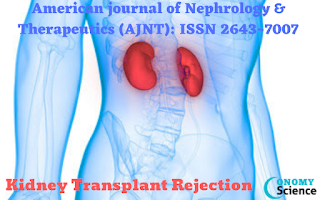Using Artificial Intelligence to Catch Irregular Heartbeats: American journal of Cardiology and Cardiovascular diseases (AJCCVD), ISSN 2641-2438

ONOMY Science American journal of Cardiology and Cardiovascular diseases (AJCCVD), Open Access ISSN 2641-2438 Using Artificial Intelligence to Catch Irregular Heartbeats Thanks to advances in wearable health technologies, it’s now possible for people to monitor their heart rhythms at home for days, weeks, or even months via wireless electrocardiogram (EKG) patches. In fact, my Apple Watch makes it possible to record a real-time EKG whenever I want. (I’m glad to say I am in normal sinus rhythm.) For true medical benefit, however, the challenge lies in analyzing the vast amounts of data—often hundreds of hours worth per person—to distinguish reliably between harmless rhythm irregularities and potentially life-threatening problems. Now, NIH-funded researchers have found that artificial intelligence (AI) can help. A powerful computer “studied” more than 90,000 EKG recordings, from which it “learned” to recognize patterns,...





